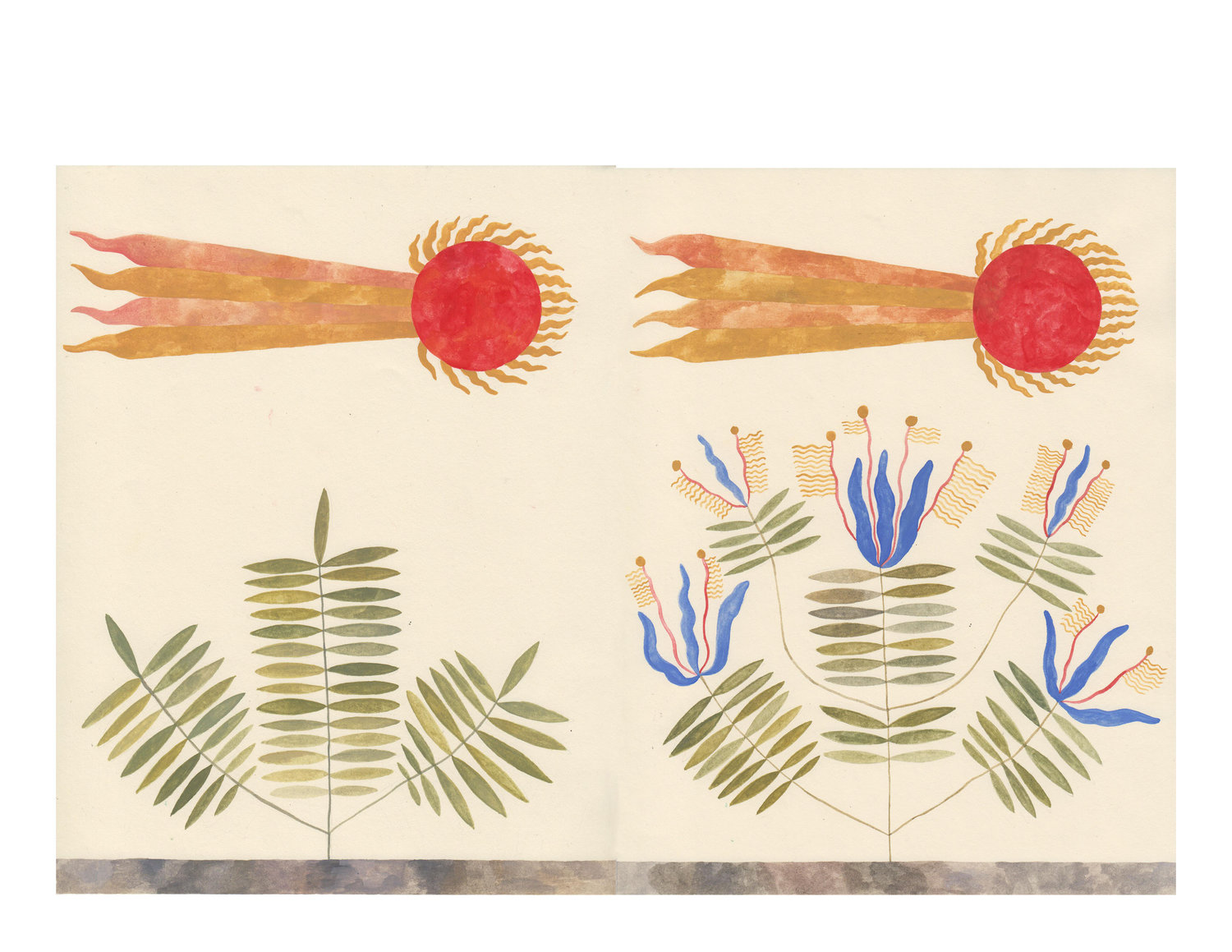Short film in education

Mass media is effective in every field of life by virtue of their audio-visual powers. In addition to usage of cinema for entertainment purposes, its educational role has been realized; and utilizing visual expression in education has been expanded. The nonconventional education methods which increase rapidly nowadays allow using short films in education. The short film provides a free field of study by its structure. Types of short films are fiction, documentary, experimental, animation and video-art, etc. The fact that film shooting technologies have become cheaper, handy cams have become widespread, and digital cameras and mobile telephones have opportunity of shooting makes short film production available for large masses. The cost-effective fiction programs make editing of shootings easy. The studies revealed that students better taught their lectures via multi-media presentations rather than verbal lecture. Considering that the students are able to focus on lecture for 16-20 minutes at most during the class hour (Hakkâri & Kantar et al., 2008), using films gains significant importance in order to attract attention for a long time.
The short film is effective and useful. It enhances the memorization and the comprehension. It enables the student to remember the subjects easily and creates expression richness. It supports creative thinking. Thanks to its time, its story is created briefly and economically and this provides focusing on the desired subject. The fact that the students get used to think with visual and movable images about the subject reifies the knowledge. Therefore, the need for repetition during the class hours diminishes and long-term remembering occurs. The power of observation increases thanks to the active participation. The skill of the student to evaluate human relations, interpret the mutual interaction of the individual-and-the society relationships, and establish the cause-and-effect relation increases. Shooting film provides student have an idea of being a part of the lecture to be brought by the active participation. The notions of group work, taking responsibility, fulfilling responsibilities, and experiencing group achievement develops for the student. Furthermore, the short film helps to exemplify the way the subject is used, to infer and establish connections with what had been taught before (Kabadayi, 2012).
Reference:
